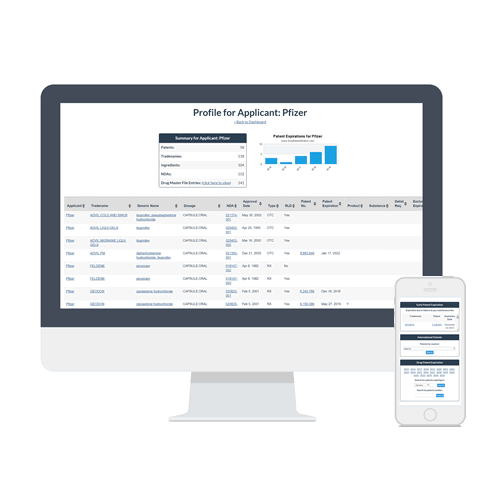
In the high-stakes world of biosimilar development, manufacturers are increasingly turning to an unexpected partner: the Patent Trial and Appeal Board (PTAB). By strategically filing PTAB challenges, biosimilar makers are gaining leverage in the complex “patent dance” process, potentially clearing patent hurdles before engaging in costly litigation.
The biosimilar patent dance, a procedure outlined in the Biologics Price Competition and Innovation Act (BPCIA), involves a series of information exchanges between the biosimilar applicant and the reference product sponsor. This process aims to identify and resolve patent disputes before a biosimilar enters the market. However, some biosimilar manufacturers are finding that initiating PTAB challenges early can provide significant advantages.
“In fact, biosimilar makers seem to be filing challenges at the PTAB even before seeking FDA approval for their biosimilar products. Thus, biosimilar makers could be filing at the PTAB rather than engaging in the patent dance altogether.”[2]
This strategy allows biosimilar developers to potentially invalidate key patents or force favorable settlements before the formal patent dance begins. The approach has gained traction, with a notable increase in biologic patent challenges at the PTAB in recent years[2].
Examples of PTAB Challenges in Biosimilar Development
Several recent cases illustrate the growing use of PTAB challenges in biosimilar development:
- Ustekinumab (Stelara®): After Samsung Bioepis settled its inter partes review (IPR) challenge against Janssen’s U.S. Patent No. 10,961,307, Biocon Biologics filed its own IPR petition against the same patent[4]. This demonstrates how multiple biosimilar developers may use PTAB challenges to clear patent obstacles.
- Aflibercept (Eylea®): Samsung, Celltrion, and Biocon have all filed IPR petitions challenging Regeneron’s patents related to aflibercept[4]. These challenges are occurring alongside ongoing BPCIA litigation, showcasing how PTAB proceedings can complement traditional patent litigation strategies.
- Eculizumab (Soliris®): Samsung filed IPR petitions for five U.S. patents assigned to Alexion Pharmaceuticals relating to eculizumab compositions. The PTAB recently instituted all five petitions, potentially weakening Alexion’s patent position[4].
Benefits of the PTAB Strategy
Filing PTAB challenges before or during the patent dance offers several advantages:
- Early patent clearing: Biosimilar makers can potentially invalidate or narrow key patents before engaging in the formal patent dance, reducing future litigation risks.
- Leverage in negotiations: The threat or success of PTAB challenges can pressure reference product sponsors to settle or offer more favorable terms.
- Parallel proceedings: PTAB challenges can run concurrently with FDA approval processes, potentially expediting market entry.
- Cost-effectiveness: PTAB proceedings are generally less expensive and faster than full district court litigation.
Considerations and Limitations
While PTAB challenges offer significant benefits, biosimilar makers must carefully consider their timing and scope. Filing too early may risk estoppel issues, while waiting too long could delay market entry. Additionally, not all patents are susceptible to PTAB challenges, and success rates can vary depending on the technology and prior art available.
As the biosimilars market continues to grow, the strategic use of PTAB challenges is likely to become an increasingly important tool for biosimilar developers. By leveraging these proceedings effectively, manufacturers can potentially streamline the path to market, reduce costs, and gain competitive advantages in the complex world of biosimilar development.
Citations:
[1] https://ptabbar.org/docs/Concurrent-1A-Recent-Developments-Biosimilar-Challengers-1.pdf
[2] https://www.sternekessler.com/news-insights/publications/biologics-ptab-statistics-and-insights-notable-biologics-decisions/
[3] https://www.fr.com/insights/ip-law-essentials/how-biosimilars-approved-litigated-patent-dance-timeline/
[4] https://www.bigmoleculewatch.com/2023/12/21/updates-on-patent-challenges-by-biosimilar-manufacturers-at-the-ptab/
[5] https://www.fr.com/insights/thought-leadership/blogs/2022-biosimilars-year-in-review/
[6] https://www.centerforbiosimilars.com/view/biosimilars-versus-bad-patents-accessibility-key-court-cases-with-ha-kung-wong
[7] https://news.bloomberglaw.com/ip-law/drug-makers-exposed-to-antitrust-probes-if-patent-cache-adopted
[8] https://www.iam-media.com/global-guide/global-life-sciences/2021/article/wallflowers-biosimilars-dont-dance-they-go-the-ptab


